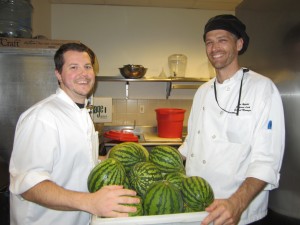The food item that received the most attention last Tuesday was never touched by a chef’s hand at all: the kiwi berry.
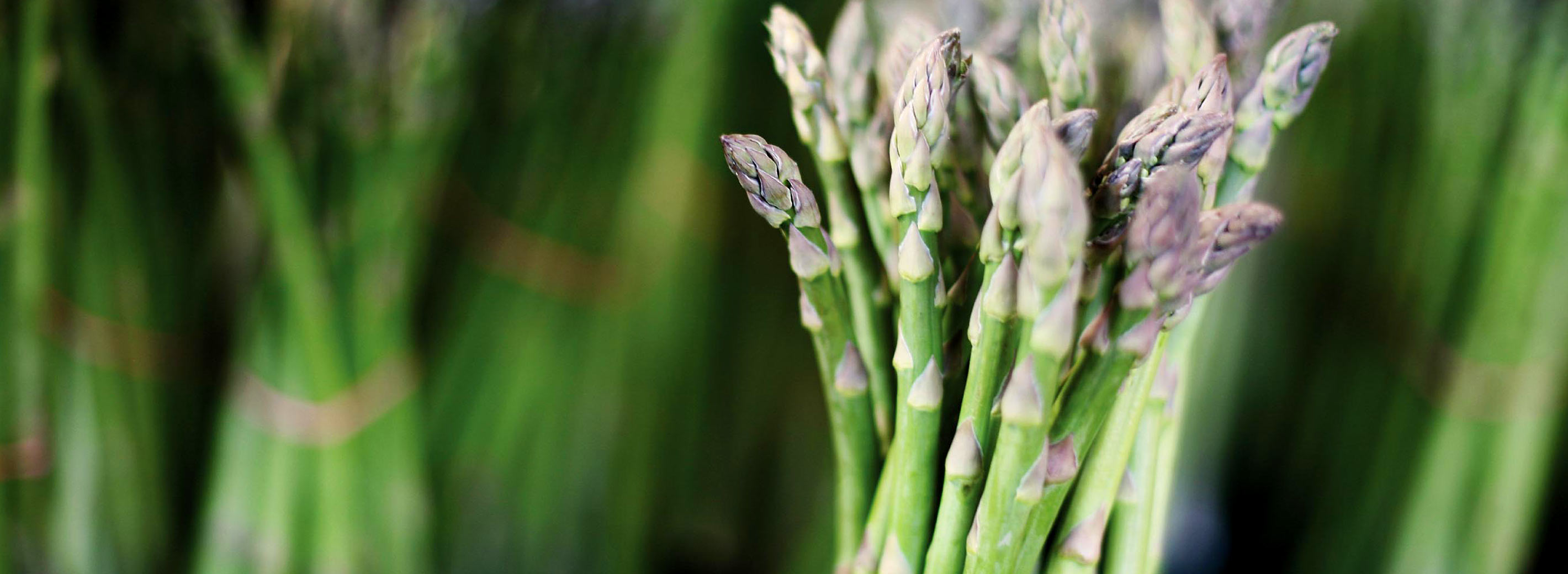
Blog: Sourcing
+ Blog Categories
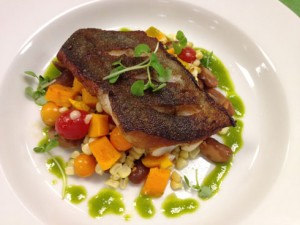
Recipe: Seared Black Cod and Succotash with Lemon Parsley Oil
- Blog
Local Fish Week here on the BAMCO blog, in honor of our first-ever Eat Local (Fish) Challenge, is drawing to a close. This Black Cod and Succotash with Lemon Parsley Oil is the perfect dish to impress for a weekend dinner party or date night.
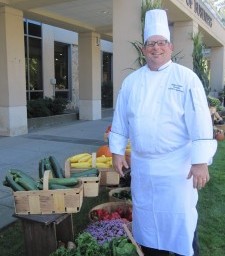
Recipe: Atlantic Red Crab and Scallop Bake
- Blog
It’s Local Fish Week here on the BAMCO blog, in honor of our first-ever Eat Local (Fish) Challenge! This crab and scallop bake recipe from Roger Williams University Executive Chef Bob Lavoie is just the thing for a chilly fall night.
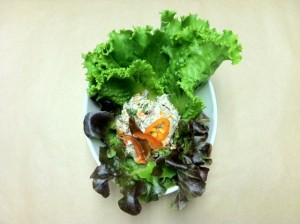
Recipe: Smoked Bluefish Salad with Hot Peppers and Honey
- Blog
It’s Local Fish Week here on the BAMCO blog, in honor of our first-ever Eat Local (Fish) Challenge! Bored with tuna salad? Try this recipe smoked bluefish salad with hot peppers and honey from Jay Keller, Bon Appétit Executive Chef at Gallaudet University in Washington, D.C.
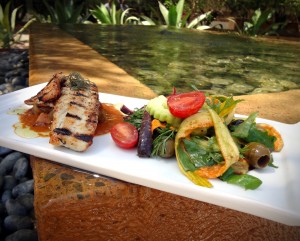
Recipe: Local Tilapia with Sweet Potato Hash and Tomato Coulis
- Blog
It’s Local Fish Week here on the BAMCO blog, in honor of our first-ever Eat Local (Fish) Challenge! This recipe from Edward T. Farrow, Bon Appétit Executive Chef at the Musical Instrument Museum in Phoenix, takes some assembling, but its bold flavors pair well with mild tilapia.
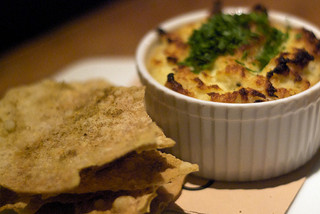
Recipe: Take a Dip with a Local Fish Brandade
- Blog
It’s Local Fish Week here on the BAMCO blog, in honor of our first-ever Eat Local (Fish) Challenge! According to a new report from NOAA, Americans eat only about 15 pounds of seafood per capita annually, and of that, 91% is imported. Time to tip the scales in a healthy, homeward location! We’ll be running a tasty seafood recipe each day this week from our chefs.
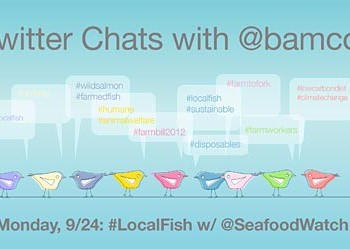
Bon Appétit and Seafood Watch to Host Twitter Chat on #localfish
- Blog
Many Americans now know the names of the farms that grow their food, but even as we’re urged to eat more seafood for its health benefits, few of us can identify local species or the fishing operations that supply them. The time is ripe for local fish. Please join @bamco and @seafoodwatch for a Twitter chat on Monday, September 24, at 12pm Pacific.
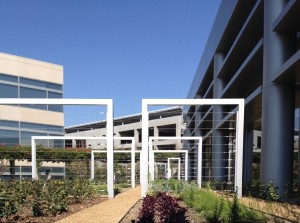
What’s Growing On (Part Two): A Look at Three Corporate Kitchen Gardens
- Blog
At Bon Appétit, we love local food — just ask the thousand-plus small farmers, fishers, and artisans who supply us through our Farm to Fork program. Inspired by them, teams at many of our corporate accounts have started growing some of their own food.
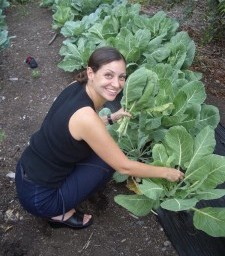
The real question about local food
- Blog
“Which is better for the environment and the economy — a tomato grown nearby or one from the supermarket?” That’s how USA Today starts off a recent piece titled “Local food is trendy, but is it really more eco-friendly?,” discussing two new books that claim to debunk the idea that it is. This argument is a pretty moldy one — it’s been floating around since we launched the Eat Local Challenge, back in 2005 — and it surprises me that anyone still likes to take a bite of it.
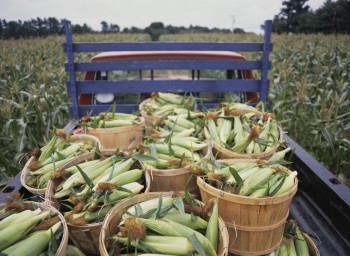
From the Cob to Café: Freezing Super Sweet, Farm to Fork Corn
- Blog
Although farmers planted corn in record numbers this year — the most acres since 1937 — the current drought affecting the Midwest means yields are predicted to be well below last year’s. However, very little of the corn planted in the Midwest is edible: most of it goes to feed animals or for fuel. But there are farmers who grow against the grain, so to speak. Last year, when Bon Appétit District Manager Sam Currie discovered Hutterian Brethren Farms had a surplus of the sweetest corn he’d ever had, he jumped at the opportunity to find a way for our accounts to use it.
